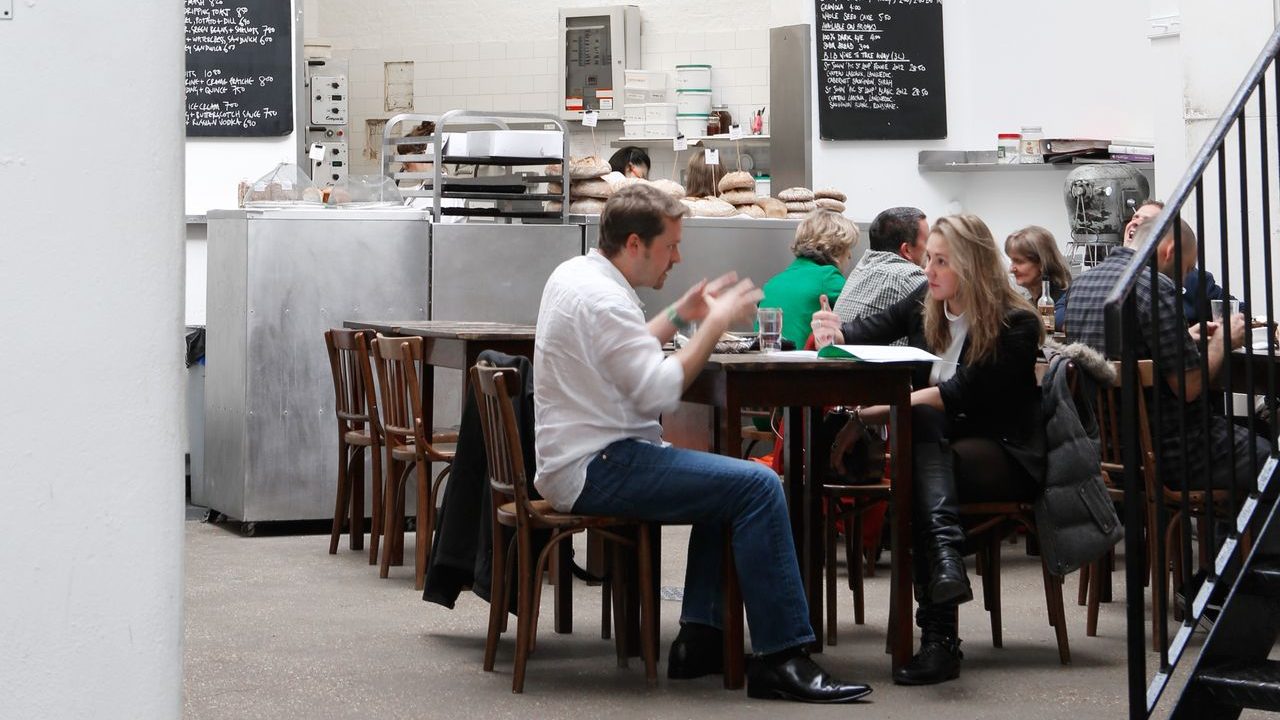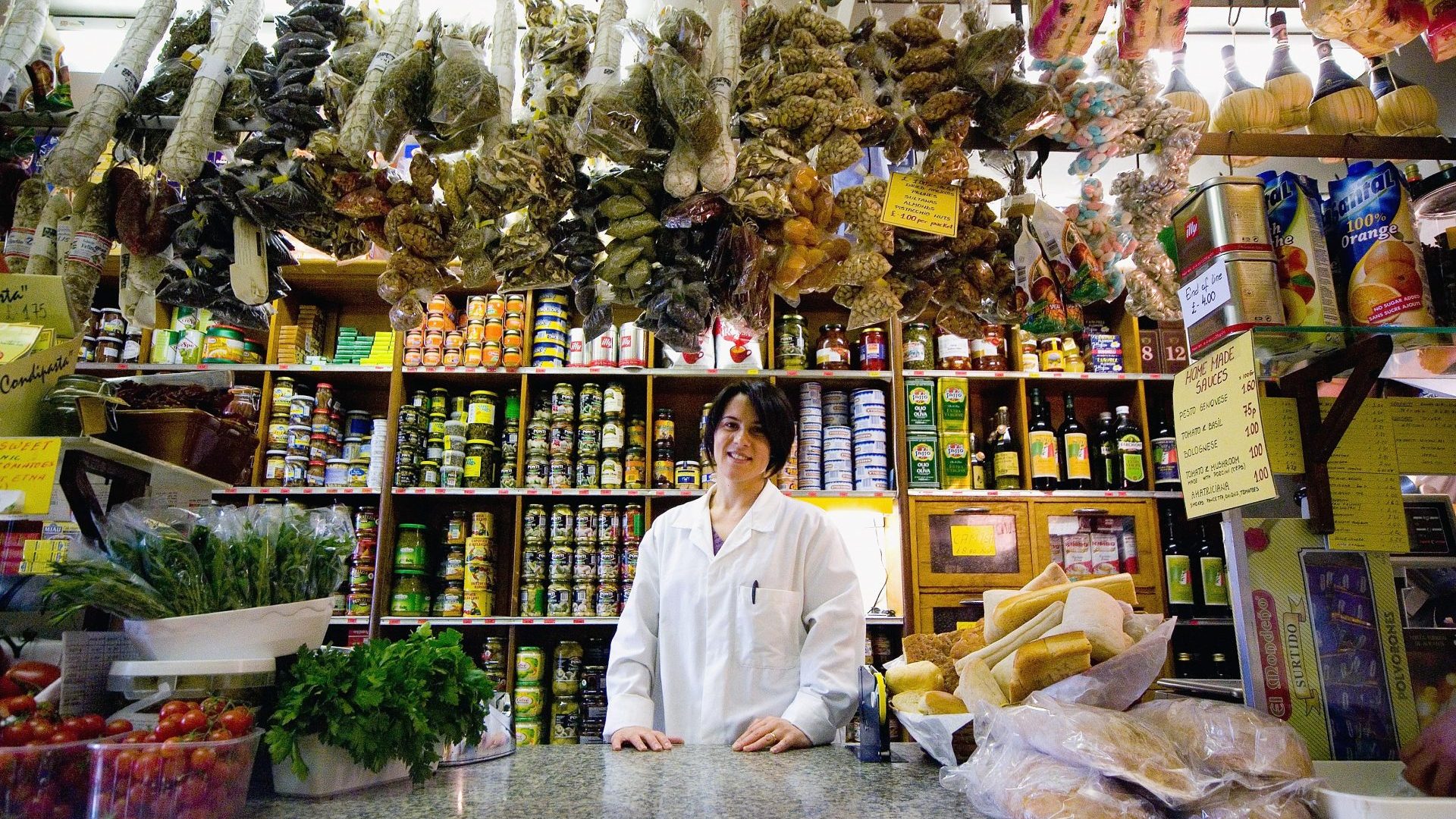“This is my Glastonbury”, said one fan on social media. He was talking about the famed restaurant St John – you know it, surely – offering up its original menus at 1994 prices to celebrate its 30th birthday. We’re talking Fergus Henderson’s legendary roast bone marrow and parsley salad for £4.20 instead of the usual £16; devilled kidneys on toast for £8.80 (£27 these days).
Britain loves a bargain, and after the story announcing the news was published (transparency: me for the Standard) people eagerly waited for tables to become available on a popular booking platform. They were gone in minutes.
St John isn’t a huge restaurant and the three-decades-old prices are only running for a three-week period. And so for a fleeting morning in food-loving London, St John was talked about more than Taylor Swift, maybe even Tommy Fury and Molly-Mae.
People clamoured to get a seat and the many who failed shared their dismay online, questioning why reservations came and went as if they had been sieved through custard. Nabbing a table was like refreshing the Glasto tickets website – friends doing the same, WhatsApp groups alive with anxiety.
Well, no wonder. St John is, after all, a cult restaurant and a celebrity favourite. You can find Rita Ora in the corner, eating Welsh rarebit.
It was even Anthony Bourdain’s favourite restaurant: “It was the restaurant of my dreams”, he told the Observer, while marking the Smithfield venue’s 20th birthday.
Around the same time, I interviewed Henderson for Vice. I’ve never been more nervous before doing an interview. We had pheasant pie afterwards (£18 in 1994; not on the menu currently).
Yeah, marketing is as required today as I imagine it was in the early days. Possibly even more so? Relevancy is all, however emphatic. Restaurants come and go but only the most lauded, talked-about and popular stick around for any length of time. Thirty years is a long time in the hospitality game. You have to remain part of the conversation even if your food is pioneering and vibe enigmatic.
The riverside Italian restaurant the River Cafe paints a similar picture, with plenty of merch and a celeb-fuelled podcast. Here’s a restaurant founded before St John, in 1987, and equally groundbreaking. Rustic Italian food in Hammersmith back when good restaurants were mostly just oysters, lemon sole and rib-eye steak, unless your name was Nico Ladenis or Marco Pierre White.
Last month, the River Cafe, a place where bills climb higher than at St John – the sea bass with grilled vegetables is £57 – launched a more casual concept called the River Cafe Cafe, where lighter, more affordable dishes can be found on a pared-back all-day menu. Nothing is positioned above £25 and it might be a jolly way to sit down at an institution without having a job at the BBC or rich parents.
Plus the River Cafe is best at lunch anyway. It’ll be 40 in a few years and I imagine celebrations are met with similar fervour.
You know, cynicism exists and that is all very well. I harbour much of it. But I also marvel at these eating palaces that have ploughed on through recessions, Brexit, pandemics. What’s more, they have earned the right to be where they are – to command such a flurry of urgency upon announcing a clever little birthday moment.
I also hope that those who didn’t manage to get a cut-price table head to any number of other London restaurants that deserve their money. Nose-to-tail sort of places (there, I said it). Those that exist because of places such as St John or at least have some faint connection.
Where? FKABAM in Islington, or the Marksman; Kiln, Brat, Planque, Perilla or Morchella or both. 1994 prices, not a chance, but damn good food and, dare I say, food that will be around for quite some time.




